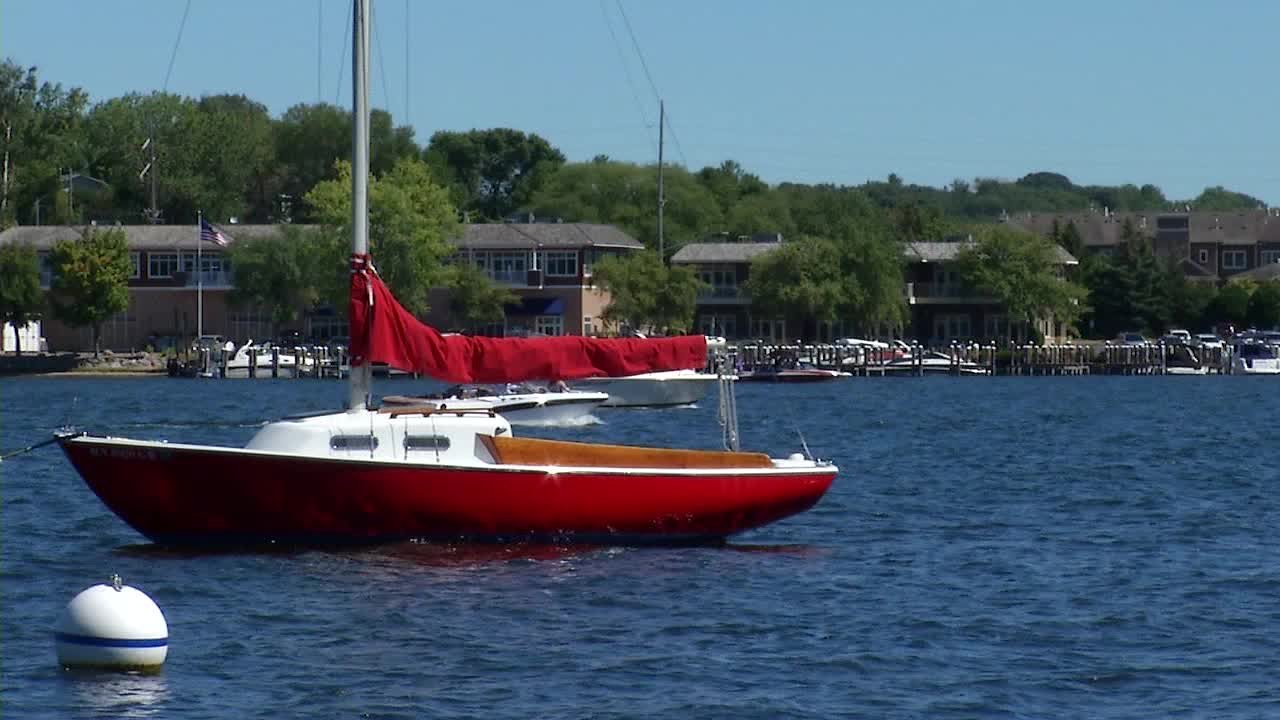New wake rule for Lake Minnetonka rocks the boat
Some people are getting their boats out on the water at Lake Minnetonka for the last time before a new wake limit rule goes into effect next year.
Starting Jan. 1, 2023, officials said boats within 300 feet of the shoreline must go 5 mph or less. The new regulation is doubling the current 150 feet rule.
“It’s almost the end of the summer and we have a nice, gorgeous, perfect day, no clouds in the sky,” William Wallace, a boater, said.
Wallace said there is no better way to spend Labor Day weekend than on a boat.
“We’re going to be tied down for six months with nothing but snow and cold. I was so excited to get out and enjoy it while we have it,” Wallace said.

(KSTP-TV)
But when he returns to the water next year, some changes will occur.
The Lake Minnetonka Conservation District Board is aiming to limit large boat-generated wakes near the shore. They are dropping the speed limit to make it happen.
“It’s going to affect the surfing community. There’s so many of them out there and they won’t have a lot of places to roam,” Wallace said.
Some boaters said the new regulation rocks the boat.
“I don’t agree with it. I think you’re ruining the lake for a lot of people,” Billie Club, a boater, said.
Club has spent his summer on the lake for decades.
He said the change would make it more difficult and costly for the wake surfing community to practice their passion.
“Wake surfing takes a lot of gas. You’re just constantly pushing a big wave so it takes a lot of fuel so you know, you’re refueling the boats a lot,” Club said.
Lake officials said the goal is to protect the lake from shoreline erosion and make it safer for everyone.
Those in kayaks and canoes have previously voiced concerns about the wakes being dangerous.
Boaters said the new rule would not keep them away from the boat launch next summer.
The current rule already affects personal watercraft that make repeated passes near the shoreline, but the new rule will extend that to all boats within 300 feet of the shoreline, doubling the current 150-foot rule.

